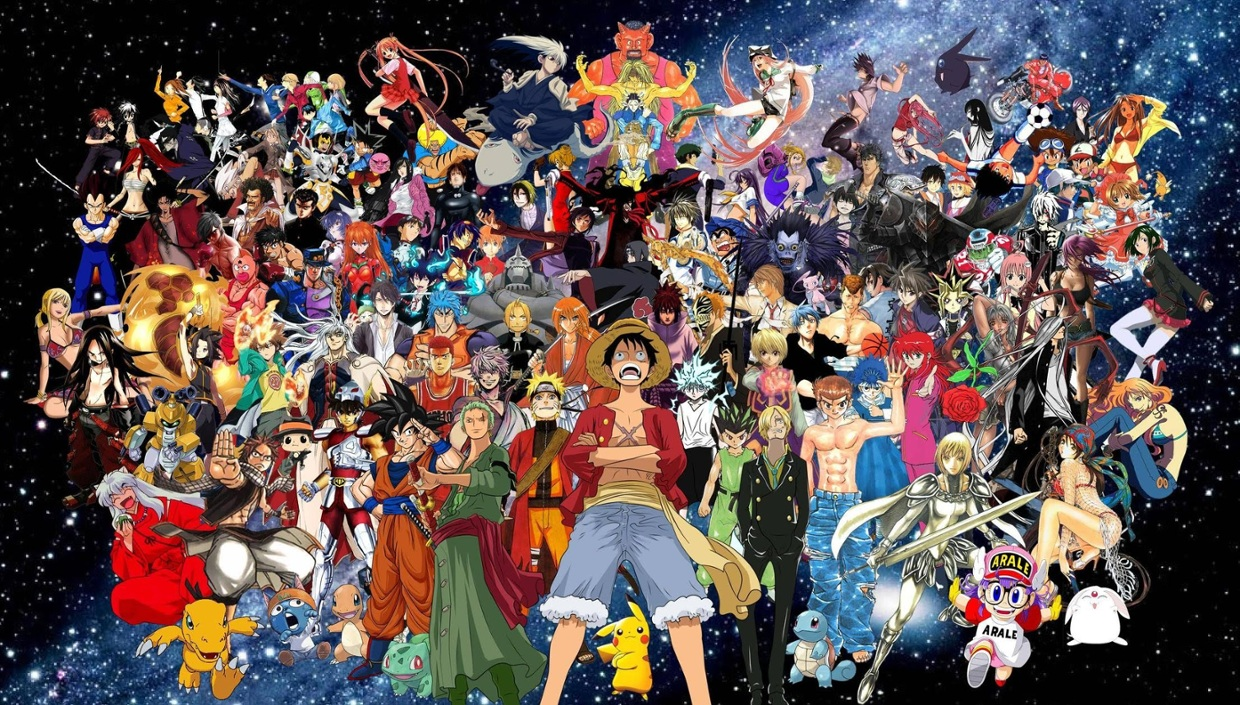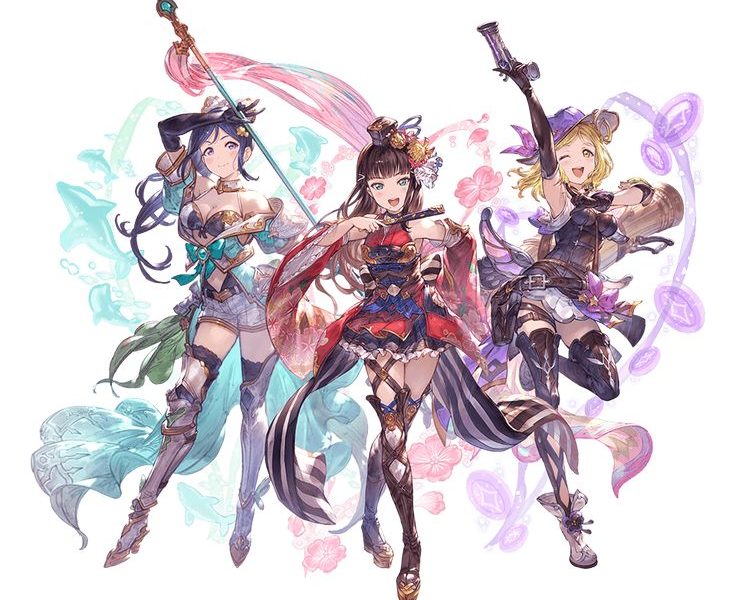Anime art is a Japanese style of animation that has evolved over the years. It is characterized by colorful and detailed drawings, often with a humorous or romantic theme.
A lot of people are still not familiar with the term “Anime”. This is because the word “Anime” was coined in Japan to describe Japanese animation. The word “Anime” was derived from the Japanese word アニメ (animē), which means “animation”.
The history of anime art can be traced back to the early 20th century when Japan was undergoing rapid modernization. At this time, there were a lot of changes happening in Japan because of industrialization and Western influences. The development of anime art was influenced by these changes and it was also an attempt to preserve traditional Japanese culture in the modern world.
Although some people may argue that anime art is just a form of entertainment, it has always had a deep meaning behind it. It is based on traditional Japanese culture and values like modesty, honor, sincerity, hard work, perseverance and loyalty.
The History of Anime & Japan
Anime Art Styles
Anime art styles have evolved over time. With new technologies, the art styles have been able to evolve faster and more creatively.
There are many different types of anime art styles but they all share the same characteristics – a combination of realistic and stylized elements.
Naive style is when the artist is not trying to create anything that looks real at all, just drawing what they see in their head. It is also known as “animation” as it is done by animators instead of artists. The characters are usually stick-like and have big heads with small bodies that are disproportionate to them, giving them a child-like look. This style was popular in the 1960s and 1970s before it was replaced by more realistic looking anime art styles like shoujo anime or etc.
Shoujo: This is a genre that depicts a romantic relationship between two female characters. It is often characterized by its use of pink and pastel colors and its focus on the protagonist’s blossoming romance with another female character.
Shounen: This is a genre that depicts male protagonists as they overcome various challenges in order to achieve their dreams or improve themselves to become stronger in order to protect those they love. The protagonist will usually have some kind of supernatural power or abilities that make them stand out from other characters in the show.
Seinen: This genre portrays male protagonists who struggle with social issues such as family relationships, school life, etc.
Interesting Facts About Anime
It’s said that anime is a Japanese animation style characterized by colorful graphics, diverse characters, and imaginative settings.
- Anime was born in the late 19th century when Japanese artists produced artworks to be used for storytelling.
- The first anime was created in 1917 and it was called “The Tale of the Bamboo Cutter.”
- The first anime series aired on NHK in April of 1970 and it was called “Hiruyama Den.”
- Anime has a huge fan base all over the world and there are many who are interested in learning about its history, culture, society, and more.
- There are many different types of anime – some have been adapted into live-action films or television programs while others have not been released yet but are still being.
In conclusion
The anime art industry is on the rise with various companies and individuals investing in it. It is a great time to be an anime artist as there are many opportunities for artists to make their mark in this growing industry.
The Anime Art Industry has grown rapidly over the past decade and is now worth an estimated $23 billion. This growth can be attributed to various factors such as technological advancements, increased demand for Japanese culture, and globalization of the industry.
You may also like:


